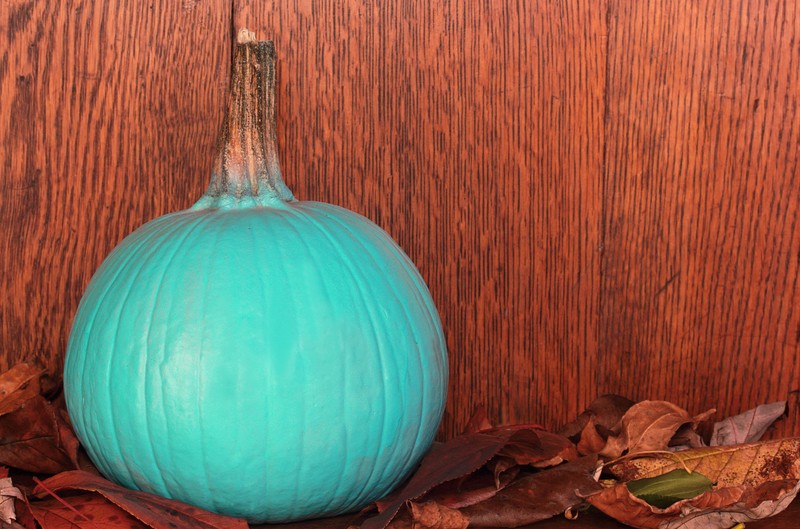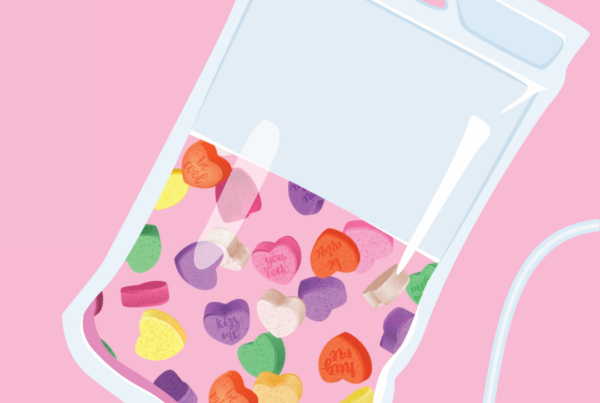Trick or treating may have begun as a way for homeowners to stave off vandals via bribes. Nowadays kids fill up on treats simply by being adorable. However, those treats can have devastating results just like the tricks of yesteryear if unknown food allergies or sensitivities pop up in all of the sugary, chocolaty, peanut buttery madness.
If you’re either having a Halloween party or handing out candy this year, there is a way to be sensitive to possible food allergies or sensitivities. Kids With Food Allergies, a division of the Asthma and Allergy Foundation of America, lists its top candies that are free of peanuts, tree nuts dairy, egg, soy, wheat and shellfish. Topping that list are Amanda’s Own chocolate bars with Halloween wrappers; Glee Gum’s all-natural chewing gum; Sour Patch Kids and Swedish Fish from Mondelez International; PASCHA Chocolates’ chocolate bars; and the ever-popular Skittles, Starburst and Life Savers from Wrigley/Mars.
If you are afraid of even trace amounts of allergens, the American College of Allergy, Asthma & Immunology shares its tips for dodging food allergies. You should always read labels carefully before feeding candy to your child, hold a swap party with items other than candy or start a new tradition that doesn’t involve trick or treating, like going to see a scary movie. The Food Allergy Research & Education’s Teal Pumpkin Project, a campaign to raise awareness of food allergies and provide safe options for food allergic trick-or-treaters, shares ideas for non-food treats that you can give out to kids, including bubbles, glow sticks, erasers or pencils, stickers, stencils or vampire fangs. If you decide that you would like to give out safe, non-food treats this year, put a teal pumpkin outside of your house, letting parents know that you are a part of the campaign.
Finally, don’t forget to communicate ahead of time when at all possible. Talk to neighbors whose homes you plan to visit, friends who may be having a Halloween party and teachers at your child’s school in advance. Tell your child to always ask first and to not share candy with other kids. Additionally, if your child has a severe food allergy, either plan to attend parties in person or make sure that your child’s emergency action plan and epinephrine pens are within reach.
For more information on food sensitivities, allergies, and how to make Halloween food safe for your child, talk to a Functional Medicine and Clinical Nutrition expert. Visit us for a complimentary consultation at one of our several convenient locations.









